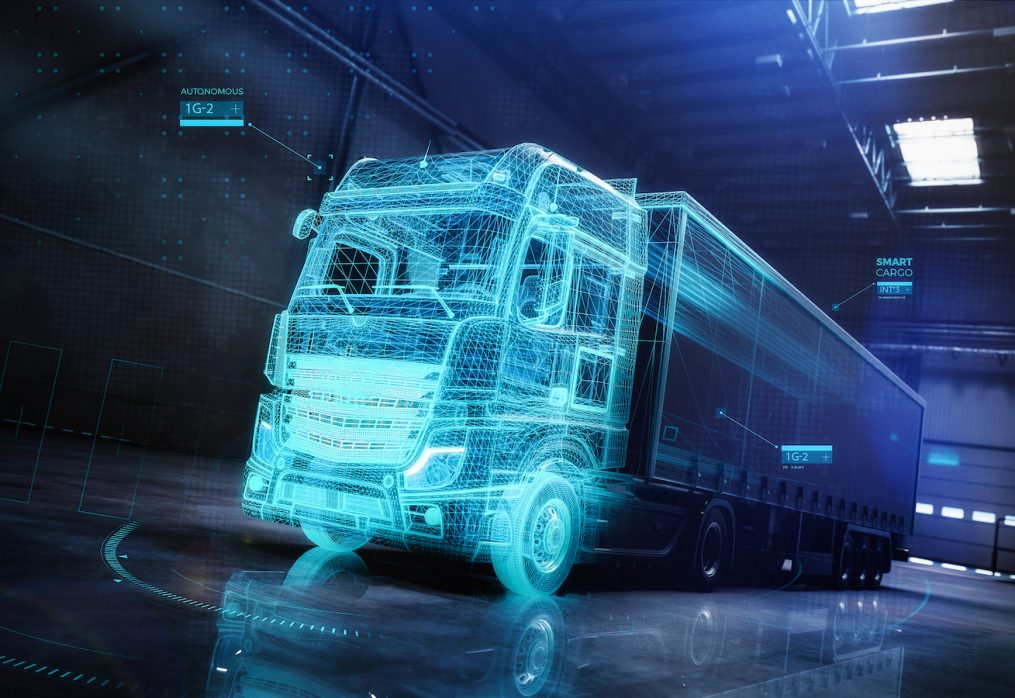Should you electrify your heavy-duty truck? Ask these 5 questions
Of the many questions fleet managers face when creating a decarbonization strategy, one is likely to trump them all: Will drivers be able to “refuel” the trucks on a regular basis, regardless of their anticipated operating range or duty cycle?
That’s why the energy transition team at Pilot, one of the largest networks of truck stops and travel centers across North America, is betting on a range of options for its customers who are largely truck/fleet drivers — including compressed natural gas and hydrogen fuel delivery, biodiesel and charging stations for electric trucks — through relationships such as the one it announced in November with Volvo Group.
Bill Zobel, director of alternative fuels strategy, said Pilot is taking its cue from customers. “Some fleets want to talk about what is available today, so they can apply it to their customers now,” he said, during an online panel at Electrify 23 in August. “Others will wait because they don’t want to deal with two transitions.”
Zobel, alongside Mike Roeth, executive director of the North American Council for Freight Efficiency, and Boris Kort-Packard, chief engineer of global vehicles at FedEx Express, shared one conclusion: Most commercial fleets will include a variety of alternatives to today’s diesel fuels as they move forward with decarbonization plans.
“You need to make sure the vehicle is appropriate for the duty cycle and route,” said Kort-Packard. “The longer the route, the more challenging it will be … It makes sense to prioritize locations.”
That means ensuring logistics routes are equipped with the appropriate fueling options. As an example, FedEx Express (which tested its first electric vehicle back in 1994) is prioritizing the electrification of its short-distance options in collaboration with vendors such as the General Motors’ BrightDrop division. Elsewhere, FedEx Express is considering hydrogen technologies as a means of extending vehicle ranges, Kort-Packard said.
So, if fuel is the first question your team needs to answer, what else should it think about as part of the fleet decarbonization journey? Here are four other considerations the experts shared:
Has the company optimized the efficiency of its existing networks?
Before moving forward with alternative fuel investments, fleet managers should deploy telematics systems that improve fuel efficiency by suggesting optimal speeds or alternate routes, the panelists noted. Efforts to make trucks lighter and more aerodynamic will pay off regardless of the type of fuel being used, Kort-Packard said. By burning less diesel fuel, your company will be inching forward toward emissions reductions, Roeth added, and these considerations will help prepare for new vehicle investments.
What distance does the vehicle need to travel?
One major challenge of the current generation of electric semi-trucks — tasked with hauling cargo across longer distances — is that their range maxes out at roughly 500 miles. That’s why a growing number of fleet managers are open to models that use hydrogen fuel cells or that are hydrogen-electric hybrids.
One potential advantage is that hydrogen fuel is more readily available, especially in places such as Germany, Japan and Australia, Kort-Packard noted. On the flip side, the processes today for producing a large majority of hydrogen require coal or other fossil fuels. Moving to “green hydrogen” generated using renewable energy also raises questions about corporate water rights and consumption, Zobel said.
Does your team have the freedom to experiment?
One way to explore whether a particular vehicle type will work is to put some on the road. “We view failure as an opportunity,” said Kort-Packard. “If you didn’t learn from it, that’s problematic.”
This is also an opportunity to rethink how vehicles are deployed through a typical workday, he added, describing a customer who is studying schedules that shorten the time a vehicle spends on the road. In this case, a truck returns to the depot for charging in the middle of a shift, and the driver takes another one back out. “Think about what you can do differently to make things work,” Zobel said.
What will the total cost of ownership look like?
Ultimately, the decision will come down to a series of tradeoffs, according to the panelists. How effective, for example, is a plan to install solar panels on a truck as a range extender if the weight of those systems means less freight can be hauled? Indeed, weight will often be at the center of the most thorough cost-analyses, and making sure vehicles can carry as much as possible is a key priority. “Is the cost worth the benefit?” said Kort-Packard, adding, “You make money off the load.”

